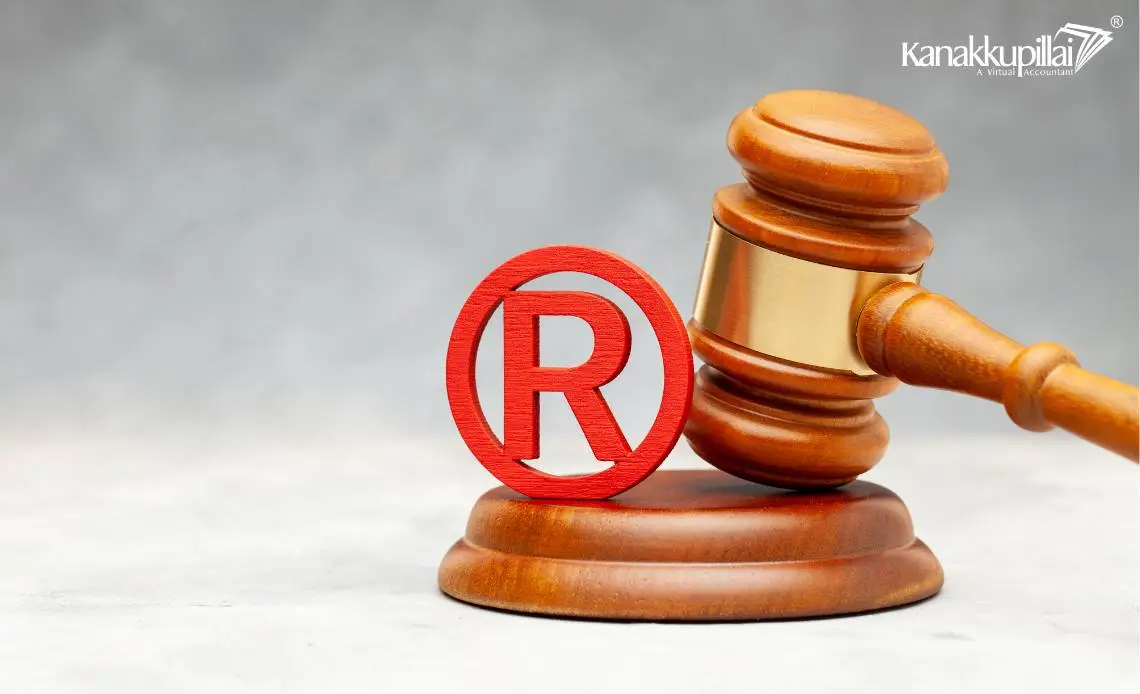Any company, including sole proprietorships, in today’s competitive market depends on developing a strong brand identity. Registration for trademarks is one of the best strategies you can use to protect your brand. Along with setting your products or services apart from others, a trademark provides legal protection against unauthorized use. This article will guide you through the trademark registration procedure for your sole proprietorship, so you know every stage required.
Understanding Trademark Registration
A brand is a word, phrase, or sign that is officially recognized to stand for a business or product. It helps people determine the origin of things and services by acting as a badge of authenticity. A trademark can help people recognize a sole proprietor’s brand and make them more loyal to that brand. It also gives you legal options if your intellectual property is violated, so you can effectively guard it.
Steps for Obtaining Trademark Registration for a Sole Proprietorship
-
Conduct a Trademark Search
The first step in the trademark filing process is conducting a thorough trademark search. This includes checking current rights to ensure your preferred mark is not already used. You can use online resources, such as the copyright Electronic Search System (TESS) given by the United States Patent and Trademark Office (USPTO), or speak with a copyright attorney for a more thorough search. This step is crucial to prevent potential legal issues in the future.
-
Prepare the Application
Preparing your application comes next after you have verified that your trademark is free and available for use. You must provide basic information such as the single proprietor’s name and address, a clear trademark representation, and a description of the products or services connected with it. You must also choose a suitable trademark class, which groups your products or services according to worldwide criteria. The extent of your trademark protection depends on this categorization; hence, it is essential.
-
File the Application
After making your application, you can file it with the appropriate copyright office. Depending on your region, this may be done online or through regular applications. The application will require a filing fee, which may vary depending on the trademark class and the chosen filing method. Ensure that all information is correct and complete to avoid delays in processing.
-
Examination Process
Once your application is filed, it will be reviewed by a trademark expert. The reviewer will review the application to ensure it meets legal requirements and does not conflict with existing trademarks. During this time, you may receive an office action if any problems or complaints occur. It’s essential to respond promptly and appropriately to any concerns the inspector raises to maintain the registration process on track.
-
Publication in the Trademark Journal
If your entry passes the test, it will be published in the trademark journal. This release warns the public against allowing third parties to fight the register if they think it infringes on their existing trademarks. The resistance time usually lasts for 30 days. If no oppositions are made, or if they are settled in your favour, your trademark will continue to be registered.
-
Registration Certificate
After completing the above steps, you will receive a TM registration certificate. This certificate gives you exclusive rights to use the name for the stated goods or services. Trademark protection usually lasts for ten years, with the option to renew forever if you continue to use the name in trade.
Conclusion
Getting trademark registration for a sole proprietorship may seem complicated, but it is a good investment in your business’s future. By following the steps described above, you can protect your business and enhance its value in the marketplace. As a single owner, consider speaking with a law expert to handle the difficulties of brand filing and ensure that your intellectual property is protected.





